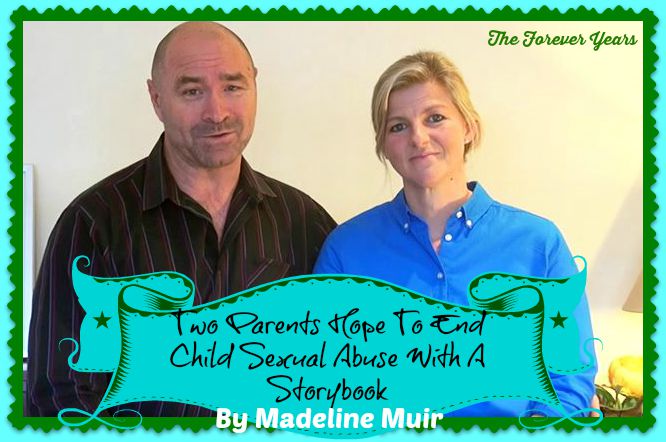Dr. Seuss is one of the most beloved children’s writers of all time. During his career, he wrote more than 60 playful and exuberant books – each with a deeper message about life, love, and humanity.
His most memorable titles, like “Green Eggs and Ham” and “Cat in the Hat”, are mainstays on children’s bookshelves. But he also penned many books that never quite made it into the spotlight.
Here are 10 Dr. Seuss books you might not have heard of (and if you have, you must be a super fan):

“And to Think That I Saw It on Mulberry Street” (1937)
The very first book Dr. Seuss ever published under his pen name, this lively tale about Marco and his vivid imagination predates his bestselling titles, but is still among his best. Travel down Mulberry Street, the most interesting place in town – a place where the ordinary becomes extraordinary. Marco spins a wonderful story for his father, turning everyday sights into wild highlights of his journey home from school.

“I Can Lick 30 Tigers Today!” (1969)
Follow the Cat in the Hat’s son, daughter, and great-great-grandfather on three magnificent adventures, as told by Cat in the Hat himself. From battles with tigers to the unexpected consequences of a runaway imagination, this is the only book where children can thunk a Glunk and wrestle with King Looie Katz. The illustrations are a unique combination of gouache and brush strokes rather than the usual pen and ink, adding even more uniqueness to a timeless rarity.

“Would You Rather Be a Bullfrog?” (1975)
“Would you rather be a clarinet, a trombone, or a drum? (How would you like to have someone going boom-boom on your tum?)” In traditional form, Dr. Seuss asks young readers fun, rhyming questions to make them think, ponder, and laugh. The book helps children understand there are so many things they can be, and that they have plenty of time to figure out who they are and where life might take them.
(To read more of this article, please follow the link below…)





